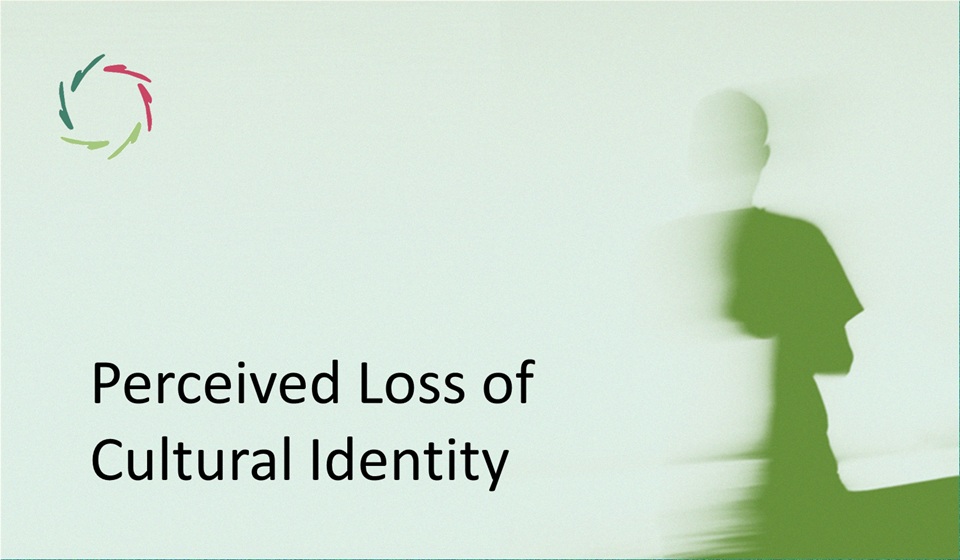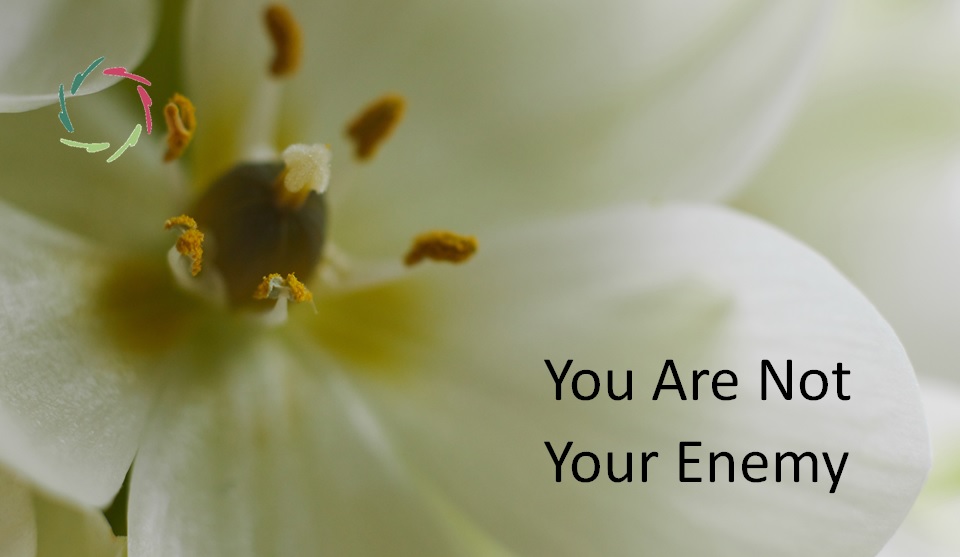Urbanization and the Dissociation of Community

As cities expand, traditional community structures are disrupted, leading to environments where anonymity and isolation thrive, contributing significantly to SID. Positive urban planning strategies and community initiatives can revert this.
The present blog offers a comprehensive exploration of how urbanization contributes to Societal Inner Dissociation (SID) and provides actionable strategies for creating more connected, cohesive urban communities. This blog is part of the *SID* series. Please read the primary blog of this series for a basic understanding of Societal Inner Dissociation (SID).
The Impact of urbanization on traditional community structures
In rural settings, people often lived in smaller communities where everyone knew each other, fostering a sense of belonging and collective responsibility. Urbanization, however, brings together diverse populations in densely packed environments where these intimate social bonds are harder to maintain.
In cities, it is common to be surrounded by thousands of people while feeling completely alone. The sheer scale of urban life can make it difficult to form meaningful connections, as individuals are often seen as just another face in the crowd. This anonymity contributes to SID by making it harder for people to find their place within the community, leading to feelings of alienation and a diminished sense of belonging.
Urbanization and the loss of public spaces
As cities expand, the availability of public spaces such as parks, plazas, and communal areas often declines. These spaces are essential for fostering social interaction, providing venues where people can come together to relax, play, and connect with one another. Without these gathering places, opportunities for casual, spontaneous interactions become scarce. The loss of these spaces contributes to SID, leaving individuals feeling isolated and disconnected in their urban environments.
In contrast to public spaces, privatized spaces such as shopping malls, gated communities, and exclusive clubs have become more prevalent in urban areas. While these spaces offer convenience and security, they also contribute to the fragmentation of society by segregating different social groups and reducing opportunities for inclusive, communal engagement.
The role of urban design in SID
In high-rise apartments, residents often live in close physical proximity but have little to no social interaction with their neighbors. The vertical design of these buildings, combined with busy urban lifestyles, means that residents may share walls, floors, and ceilings but rarely share meaningful conversations or relationships. This isolation can contribute to SID.
Urban sprawl, characterized by low-density residential developments spread over large areas, also contributes to SID by creating environments that are heavily car-dependent and lacking in pedestrian-friendly spaces. The design of these neighborhoods often prioritizes privacy and separation over community and connection, leading to a sense of disconnection from neighbors and the broader community.
Strategies for promoting social cohesion in urban areas
One of the most effective strategies for fostering social cohesion in urban areas is the reintegration of green spaces. Parks, gardens, and other natural areas provide essential spaces for people to gather, relax, and interact with one another. Urban planners should prioritize the creation and maintenance of accessible, well-designed green spaces that encourage community engagement and foster a sense of belonging.
Mixed-use developments, which combine residential, commercial, and recreational spaces, create environments where people can live, work, and play in close proximity, fostering opportunities for interaction and community building. Walkable neighborhoods, with pedestrian-friendly streets and accessible amenities, encourage people to spend time outside, interacting with their neighbors and participating in community life. Public transportation systems that connect different parts of the city can also promote social cohesion by facilitating movement and interaction across diverse communities.
Beyond urban design, community-led initiatives play a crucial role in promoting social cohesion. Local markets, neighborhood events, and community gardens are just a few examples of initiatives that can help rebuild social bonds in urban settings. By supporting and participating in these initiatives, urban residents can counteract the effects of SID.
Success stories
Around the world, cities and neighborhoods have successfully implemented strategies to counteract SID, creating vibrant, connected communities. For example:
- Copenhagen’s emphasis on bike-friendly infrastructure and green spaces has made it one of the most livable cities in the world, with a strong sense of community among its residents.
- Medellín, Colombia, has transformed once-dangerous neighborhoods into vibrant communities through the integration of public spaces, libraries, and transportation systems that connect residents to the city and to each other.
- In Tokyo, the design of compact neighborhoods with accessible public transportation has created a sense of community despite the city’s immense size.
- Amsterdam’s commitment to mixed-use developments and walkable neighborhoods has fostered strong social bonds among its residents.
- Vancouver’s focus on green spaces and community engagement has made it a model for sustainable urban living.
The future of urban living
The future of urban living lies in reimagining spaces that prioritize social interaction, inclusivity, and environmental sustainability. We can create environments that counteract SID and foster a sense of belonging. This means integrating green spaces, promoting walkability, and designing neighborhoods that encourage social interaction. It also means valuing diversity and inclusivity, creating spaces where people from different backgrounds can come together and build relationships.
This also requires a focus on community engagement, ensuring that residents have a voice in the planning process and a stake in the future of their neighborhoods. By balancing growth and connection, cities can avoid the pitfalls of SID and create environments where individuals and communities thrive.
In short
Urbanization, while bringing people physically closer, often contributes to SID by disrupting traditional community structures and creating environments of anonymity and isolation.
By adopting urban planning strategies that promote social cohesion, reintegrate green spaces, and encourage community engagement, it is possible to counteract these effects and create vibrant, connected urban environments. The future of urban living depends on reimagining cities with community and connection at their core, ensuring that urbanization enhances rather than erodes the social fabric of our societies.


